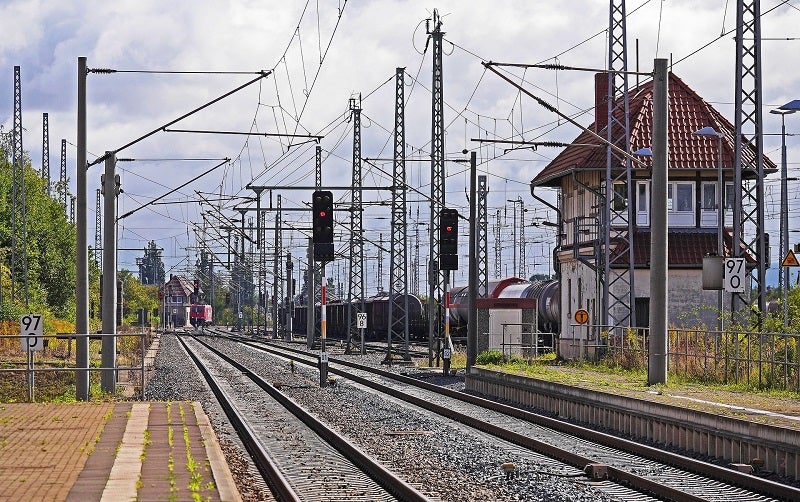
Singapore’s Land Transport Authority (LTA) has commenced construction on the country’s seventh Mass Rapid Transit (MRT) line, the Jurong Region Line (JRL).
A ground-breaking and viaduct launching ceremony was held in this regard.

Discover B2B Marketing That Performs
Combine business intelligence and editorial excellence to reach engaged professionals across 36 leading media platforms.
The 24km-long elevated MRT line will comprise 24 stations including three interchange stations at Boon Lay, Choa Chu Kang and Jurong East.
Planned to be opened in three stages from 2027 to 2029, the JRL is anticipated to improve connectivity in the Singapore’s western part and support the Jurong area developments.
In the initial years, the JRL’s ridership is anticipated to reach 200,000 per day. This is expected to rise to more than 500,000 daily following the full development of the Jurong Innovation District, Tengah Town and Jurong Lake District.
The new MRT line is expected to add additional households of over 60,000 within a 10-minute walk from a train station.

US Tariffs are shifting - will you react or anticipate?
Don’t let policy changes catch you off guard. Stay proactive with real-time data and expert analysis.
By GlobalDataThe line will connect residential areas including Gek Poh and Pandan Gardens to key activity nodes including the Jurong Industrial Estate, Jurong Innovation District and Nanyang Technological University (NTU).
Commuters travelling from Choa Chu Kang MRT station will reach NTU’s Lee Wee Nam Library in 35 minutes using the JRL, down from the previous 60 minutes.
LTA said that permanent noise barriers are planned to be deployed along viaducts that are close to residential areas to reduce noise disturbance as JRL navigates through existing developments.
The JRL stations will feature photovoltaic (PV) solar panels to produce renewable energy for station operations.
Furthermore, the stations will be designed to allow crossflow natural ventilation to reduce mechanical energy usage.



